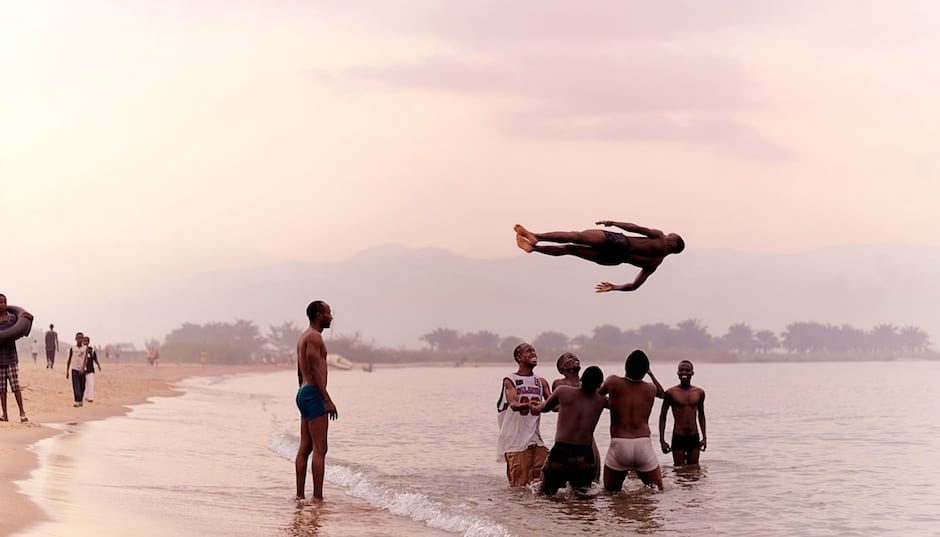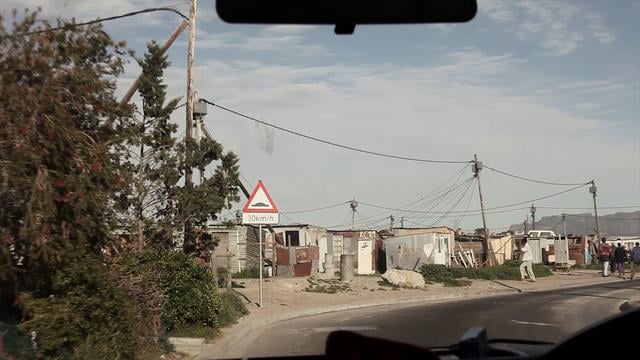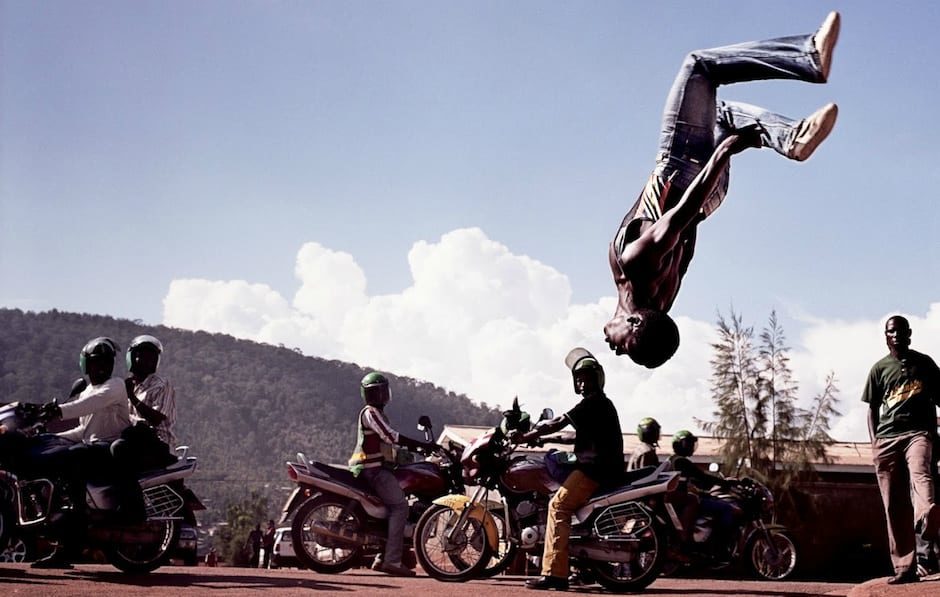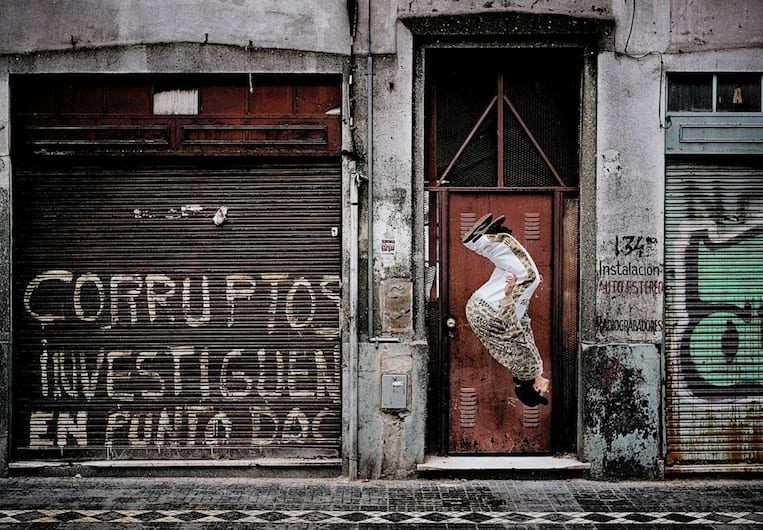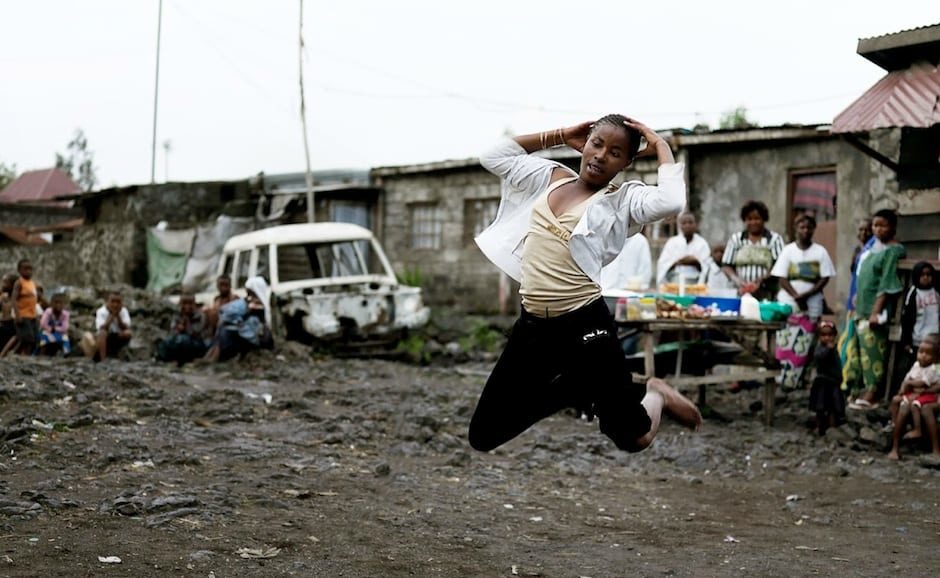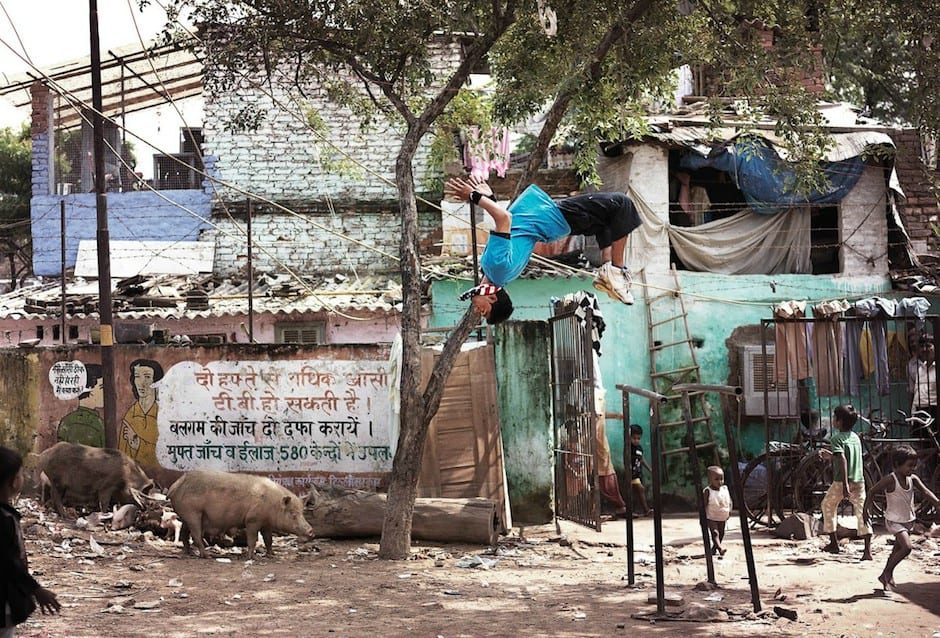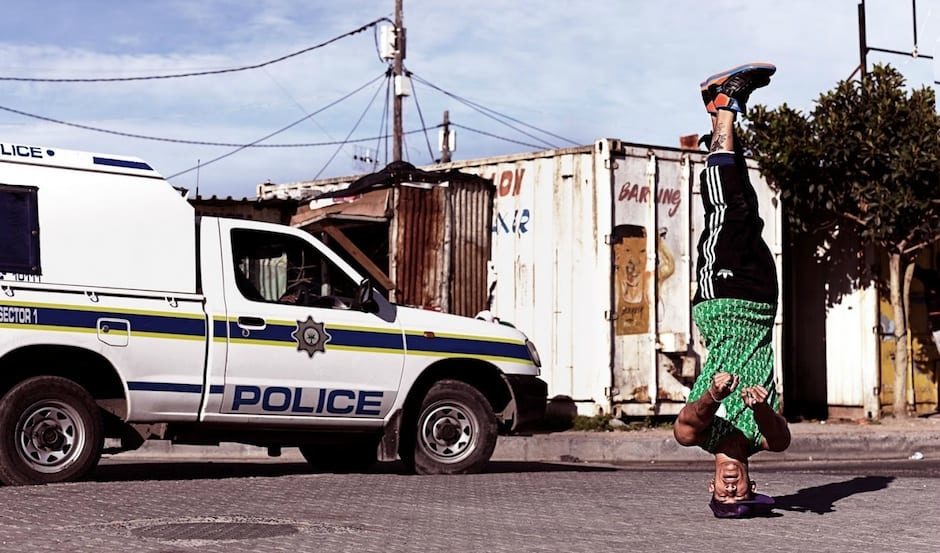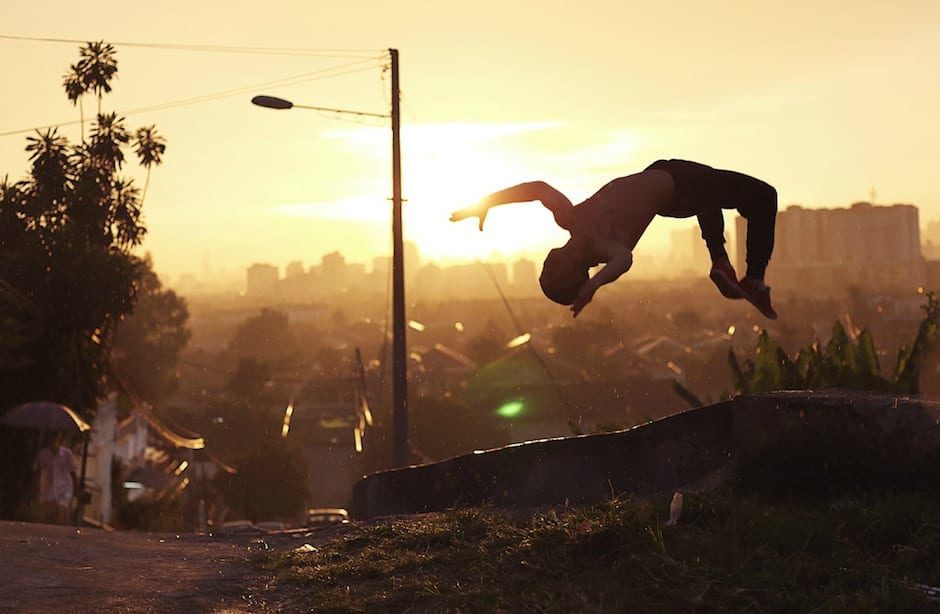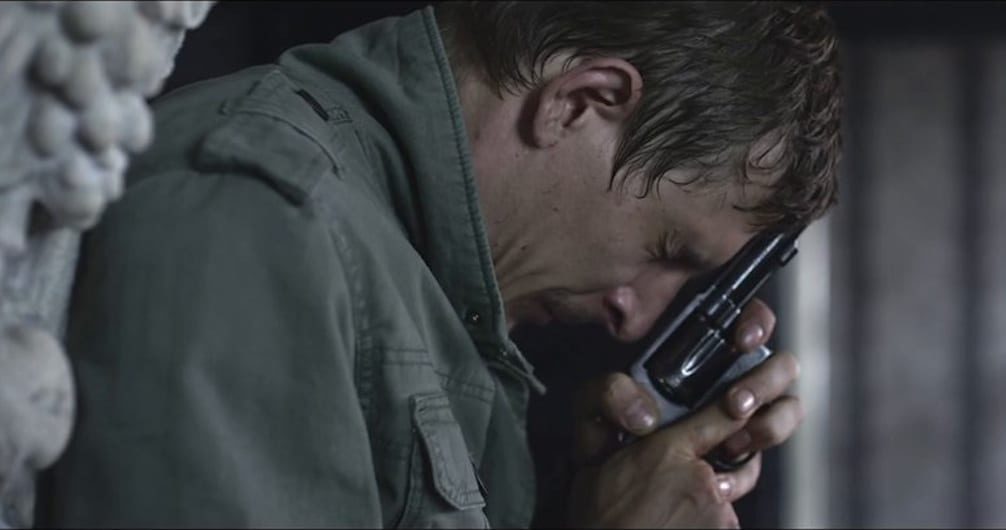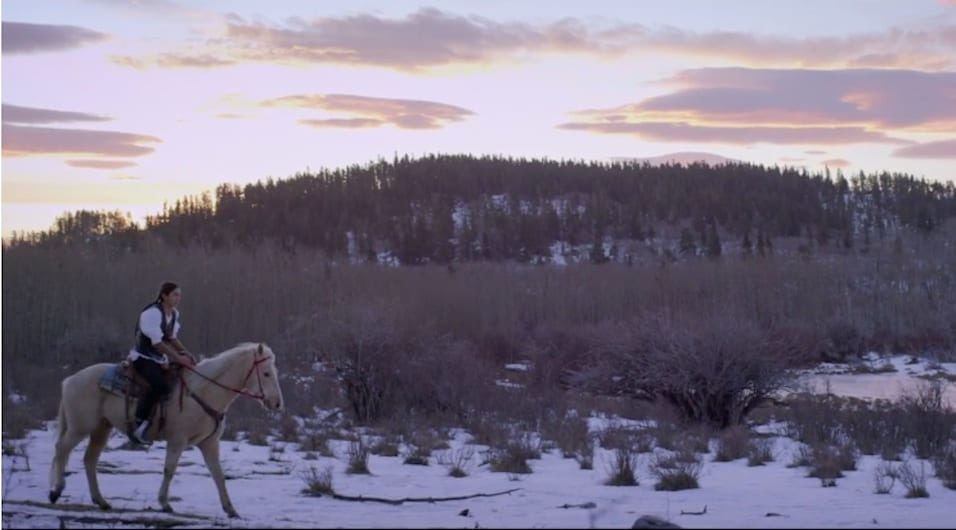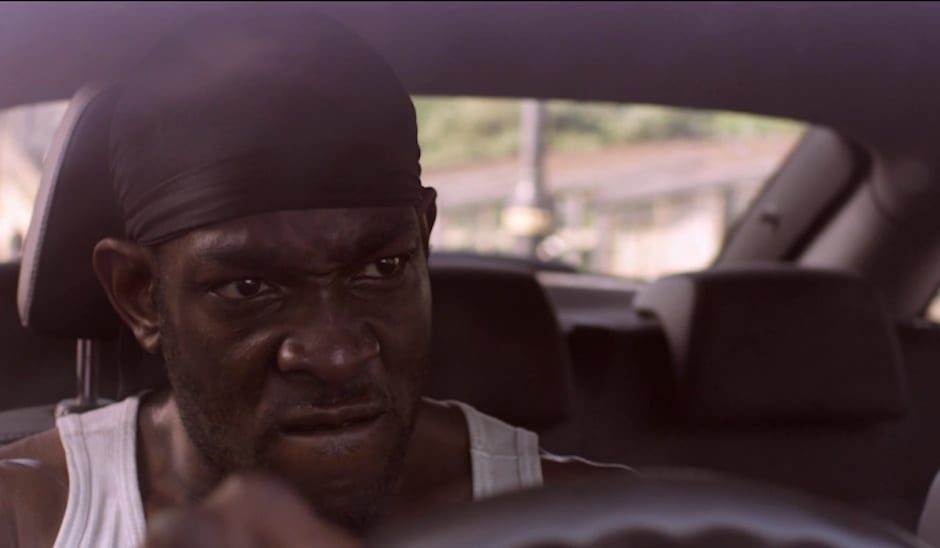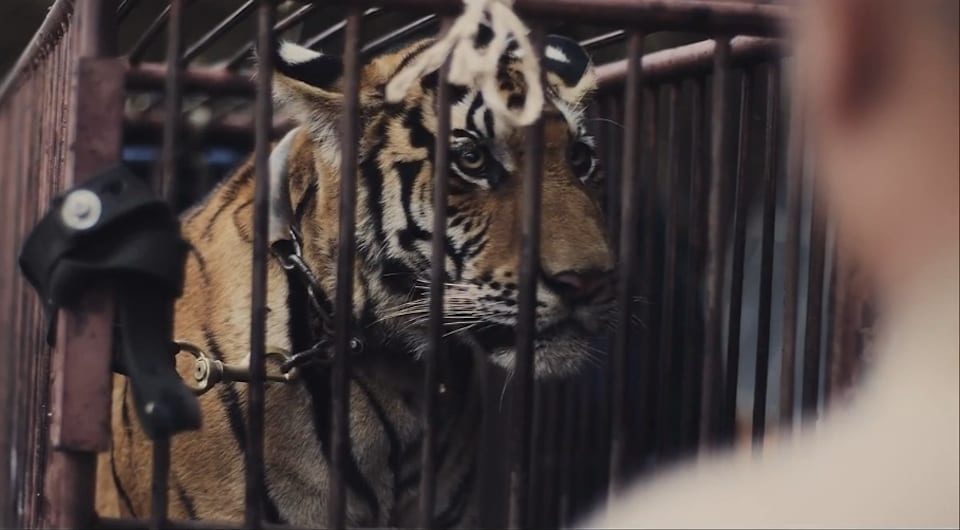We have a theory here at 1.4 that many spectacularly creative people have come from small towns. Tell us about your background and the influence that environment has had on what you do now.
My small town experience was very negative. I came from a poor single parent household- my Mum was in the hippy scene and my older sister was a punk. It meant we didn’t really fit in with the kids on the estates but because we were broke we were never really accepted by the middle class bohemian kids.
I did photography at A-level and was the top student but when it came to pursuing a career I had no role models. Nobody I had ever heard of made a living as an artist or photographer so I kinda gave it up then. I was running with an older crowd and I really got involved with drugs and dealing.
Six years later I was raided by the drug squad and it all got really ugly. It was time to get away and my Mum talked me into going to university as a mature student. Photography was the only thing I’d ever been good at so I got a place on a course in Derby – that’s when it all started.
What triggered the Physical Graffiti project and how did this evolve?
I started out as a hip-hop photographer but found that the media was saturated with rapper and DJ images. I was more interested in the “forgotten” elements of hip-hop culture – primarily graffiti and breakdance.
The breakdance movement came out of gangland New York in the 70s as a way for young gang members to “battle” in a non-violent way – this is a reoccurring theme in most of my work – the energy and creativity that comes from hardship, comes from the slums. Inspired by this I liked to shoot breakdancers out in the streets in the ghetto areas.
As my professional life became more successful I had more and more opportunity to travel. Wherever I would go I would hook up with people from the hip-hop scene and go to shoot break-dancers in the most dangerous areas. The concept of early graffiti which was to make ghetto areas look more beautiful – I wanted to take that idea and with my photographs make these slum areas look more beautiful using the bodies of the dancers. Hence the title “Physical Graffiti”.
In 2010 I had an opportunity to go to South Africa, Singapore and India with my work. I decided to attempt my first film project by shooting 5D footage alongside my stills (see Physical Graffiti taster in Related Content).
This inspired a deeper idea about a film piece in Rwanda where I’d visited in 2009. I took the idea along with my taster film to a contact at Ministry of Sound and they expressed an interest which in turn inspired me to take a risk and go shoot the film with my own money.
This eventually became the film Yego (See film above) which won a Best in Book for the Creative Review photo awards and was nominated twice (for best dance and best cinematography) at the MVAs last year. I’m in talks with people about a coffee table book and Mayfair exhibition of the stills project.
You’ve made a taster for a documentary based on Physical Graffiti. What are your plans for a longer film?
Its been kind of put on the back burner as I have so many different projects on the go right now! One of which is a world graffiti doco (see Bomb the World Pitch and I’m Not an Artist I’m a Fucking Vandal). There are definitely still plans for this though. A very good agency is pitching it as an idea to one of their clients right now.
There’s an ease you have with youth culture and gangs that is apparent in your photography as well as in the videos you have made. How did that intimacy between the photographer and the photographed come about?
Even though I’ve left that world now I draw on my experiences on the street to empathise with my subjects. I also have a large network of friends who act as “fixers” all of whom believe in what I’m doing. It’s all about keeping your credibility within the communities you work in. I’ve turned down dozens of jobs where people have asked me to compromise this by becoming a fixer for tabloid style projects but I have always turned down this type of request. All of my work is a collaborative process and if I sold my people down the river it wouldn’t sit well with me.
How do you cast your subjects in the different areas where you shoot? And what makes you go to specific countries?
It’s all about the people I have in place and the stories. Right now I have a number of different places where I have access to interesting people so I just try to sell in these ideas to companies who can pay to make it happen. For instance I have a friend who’s one of the top breakers in the world – he is a former homeless street busker from Manilla. I’m desperate to take him back to the slums he’s from to show his gang background and how he’s influenced a generation of dancers there. I have so many stories like this around the world.
Did you train as a photographer or are you self-taught?
As mentioned earlier I studied at university but really it didn’t teach me much if I’m honest. I always think of myself as self-taught. Even while studying I was a busy photographer for local then national magazines. I would be shooting four or five days a week all the time and I think this is where I built the foundation of my career. In my opinion there’s no real shortcuts in life – you just have to have good drive and vision and just work hard at it.
Do you apply the same process of shooting stills to the way you shoot video?
From a very young age I wanted to direct films. Around age six I was very scared by a horror film trailer I saw at a cinema and my way of dealing with that was wanting to be in control of it. Being a photographer was just the closest I could get to that. In my career now it was always the master-plan that I would get into directing on the back of my stills so I’ve always been more inspired by film-makers. When I started shooting video it was like I’d had 25 years of thinking about how I would shoot and edit so it came very naturally.
What’s your favourite camera kit – for both stills and film?
For my stills kit I shoot with a Hasselblad H4D – the first medium format digital camera that really got it right. Up to a couple of years ago though I was still shooting film. I made most of my early pictures with a Pentax 6×7.
With video up to now I’ve mainly shot with 5D/ 7D because of the quality of lenses you can use as well as the ease of set up and possibilities with rigs, tracks etc. I used an Arri Alexa and Red Epic with Cooke lenses on a commercial shoot recently and preferred the red for the reasons I like 5D. I think when you stick an Alexa in someone’s face who’s not used to it it’s a bit intimidating.
What has the last decade or so of taking pictures taught you?
Its taught me how to compose a good picture, how to edit my portfolio properly, how to run a successful business but I think most importantly it taught me how to express my ideas properly and to approach the world with brass balls!
Do you know when you’ve taken the perfect shot or does your relationship with the image often change in the edit?
No I’d say I usually know. You get the occasional surprise and disappointment but on the whole I know while I’m shooting.
What makes one image stand out more than another?
For me it’s all about the emotive quality – when the image really moves you. The same with moving image.
You’ve signed to Hungry Man for film representation. What would be the dream script to win?
As far as commercials go I’d say something for a charity like Barnados or a really good travel project.
What are you currently working on?
I’m shooting an art-house documentary which is giving a voice to the criminal underclass of the UK in reaction to the rioting last summer, I’m editing a director’s cut of a commercial I shot in February for Greene King IPA and a longer edit of a doco I shot for the Nike Foundation last year in Africa. I’m also in pre-production for a short film I’m shooting for mental health charity C.A.L.M and looking for funding for my world graffiti doc.
LINKS:
